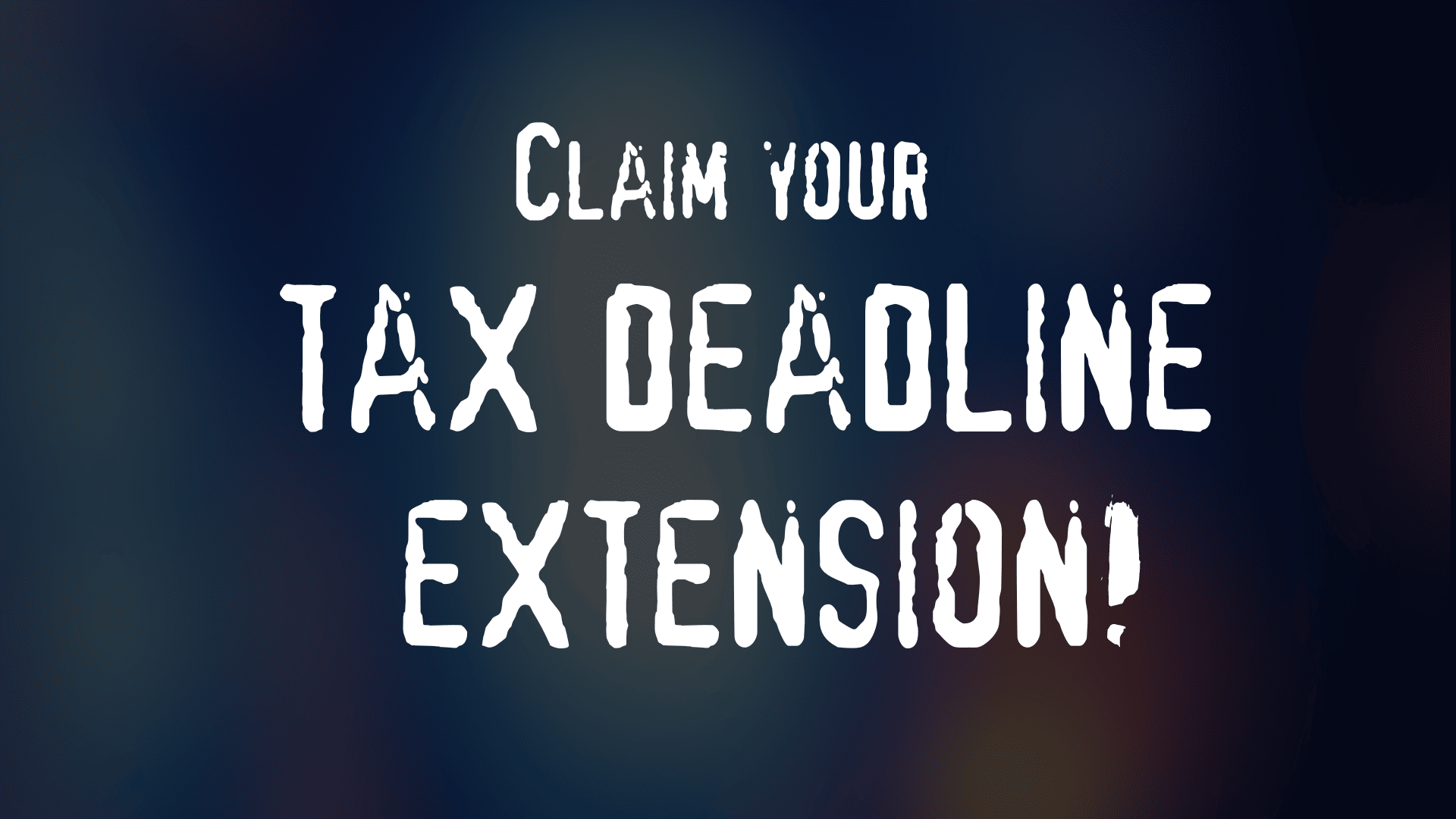The pandemic years have revealed how easy it is for some people in trades and professions to work from home. If you’re one of many who have discovered the freedom of the home base, you might be considering a step into self-employment. But it’s a big step, so you’ll want a clear view of what’s involved before you take the plunge. Here’s a quick rundown of the biggest changes you’re going to encounter.
Learning to hustle
Finding enough work is always front-of-mind for anyone considering becoming a sole trader or freelancer. You won’t have an employer to find and assign jobs to you anymore; you have to bring the work in all by yourself. That means becoming a shameless self-promoter. Self-employment is not compatible with keeping a low profile.
Tips for getting work
-
- Pump your network. Think about your employment history and make a list of everyone you can remember who might give you work. Find them online (or in your contacts) and send them an email or text about your new self-employed status. Voice calls are also effective, if you’re comfortable with spending a lot of time on the phone. If you can, set up a meeting to cement the relationship.
- Choose a name. Even a one-person enterprise needs a name (brand). It makes you look credible and professional. Best-practice is to choose a name that’s available as a .co.nz web domain. Use the government’s ONECheck online tool to see if your favourite naming options are available. If you’re short on ideas, have a brainstorming session with friends and family members.
- Get a website. Even the tiniest businesses need a website these days. It’s important for marketing and credibility. If you read up about SEO (search engine optimisation) and learn how to tune your site to attract Google searches, your website can become the marketing channel that never sleeps. More about building a website.
- Sign-write your vehicle. The car, ute or van you use most often can be branded with your business name, mobile number and web address. Cheap options include vinyl transfers and magnetic signs. If you want to go the whole hog, get your vehicle vinyl wrapped with a stand-out design. Print companies that do vinyl wrapping often offer design services as part of the package.
- Advertise. Depending on the business niche you occupy, you can use traditional channels – like local papers, radio or billboards – to advertise. But the new way to get business is with digital marketing through Google Ads, LinkedIn, Facebook and Instagram. A business listing on Google Maps is also a must-get.
- Word-of-mouth. Tell everyone you know that you’re working for yourself. They might know people who could use your services.
Paying your own tax
Another big change in your life will be paying income tax related to your self-employment. As an employee, income tax payments are handled by your employer’s payroll person. As a freelancer or sole-trader, tax payments are your responsibility.
Your first year of self-employment will probably be part of a year, unless you timed your launch for 1 April (the start of the NZ tax year). During your first year – or part-year – you don’t have to pay tax as you go. However it’s wise to put some of your earnings aside, because tax bills will happen eventually. Read more about paying tax during your first year.
Doing GST returns
When your income as a self-employed individual (freelancer, contractor or sole trader) reaches or passes $60,000 in any tax year you are obliged to register for GST. Once registered, you need to add 15% GST to all your invoices and do a GST return every two or six months. Learn about GST registration and how to do GST returns.
Paying ACC
While it might be tempting to say “I don’t need ACC”, opting out is not an option. As a self-employed person you have to pay ACC levies. To work out how much you need to pay, ACC gets information from Inland Revenue after you’ve done your annual tax return. There are two types of cover available – CoverPlus, the default option; and CoverPlus Extra. Find out about ACC payments on the ACC site.
Getting insurance
Nobody’s going to pay you sick leave as a self-employed person, so anything more than a couple of days off in a row is really going to mess with your income. That’s why some self-employed people get income protection insurance.
Depending on your profession, you might also need to get professional indemnity insurance or another type of liability cover. Working out what types of insurance you need starts with identifying the risks that could derail your business. Go to Afirmo’s Learning Hub for insurance for self-employment and small business articles.
Continuing with KiwiSaver
You’re not obliged to continue contributing to your KiwiSaver scheme, but it might be a good idea. Retirement is going to happen one day and it could be hand-to-mouth if you don’t have savings. You won’t get the employer contribution any more (because you are your own employer!), but you will still get a government contribution every year for every dollar you put in, up to a maximum of $521. The easiest way to keep KiwiSaver ticking along is to set up an auto payment of at least $50 a month (to get the maximum government contribution). Talk to your KiwiSaver provider about what you want to do.
It’s all easier if you join Afirmo
Wherever you are at with your plans for self-employment, joining Afirmo is going to make things easier. Developed especially for freelancers, contractors, sole traders and small businesses, Afirmo is an online toolkit with add-on services. It helps you to complete all the important tasks (business structure, tax, GST, marketing and more), then supports your ongoing success.




